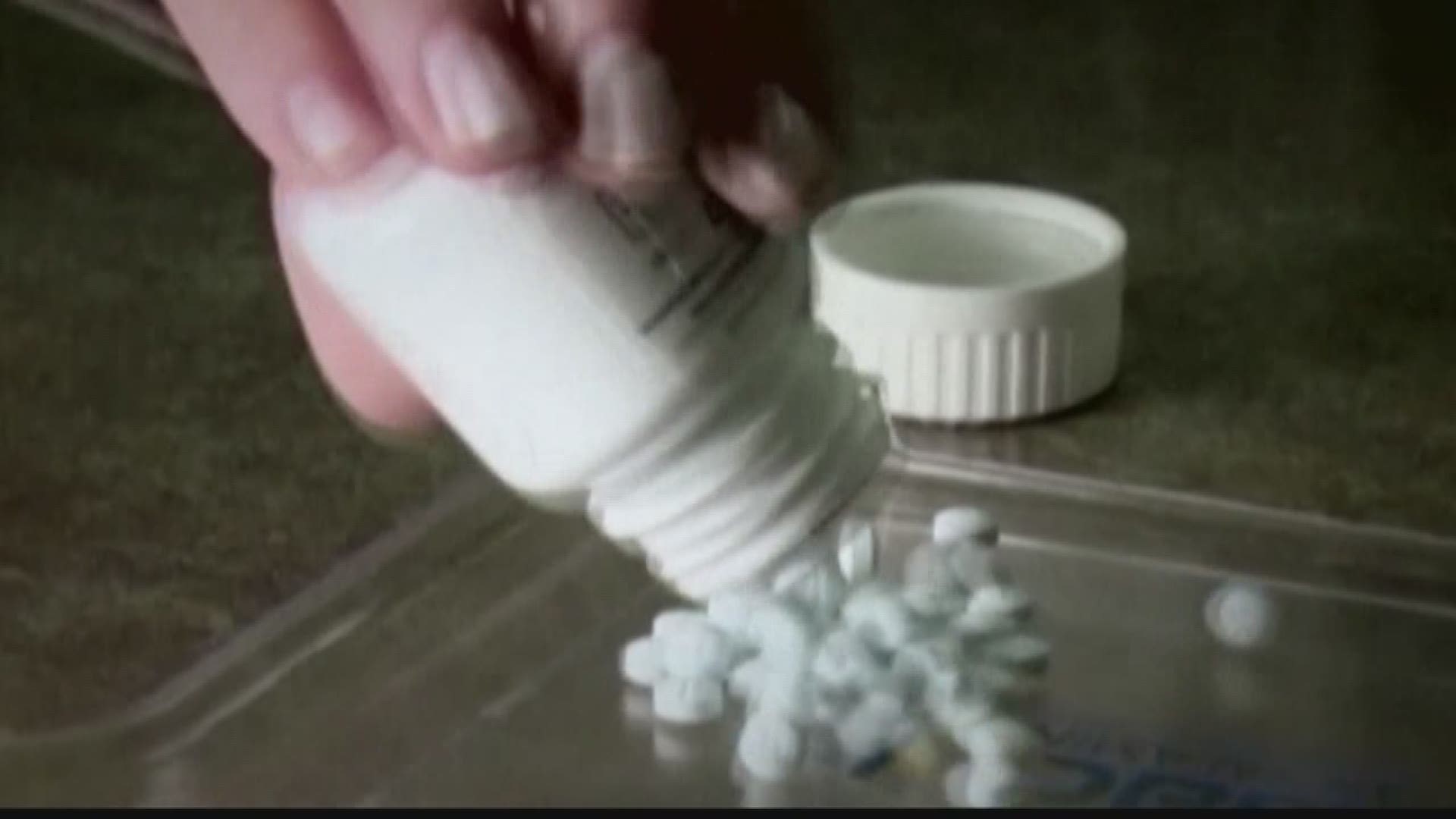“It’s like the old joke. Everyone I know is dead, or in prison -- or headed there.”
Mark Krancer will hit his 5-year sober mark this September. He runs a successful photography business, has three photo exhibitions underway, and is about to be married.
He’s lucky he’s not dead.
The former pill addict and drug dealer once harbored a $500-a-day habit and made as much as $15,000 a week selling opioids. “My average daily dose was about 30 oxycodone,” he says. "So 900 milligrams [total]. I could snort 10 at a time, no problem.”
Like a lot of addicts, he personally overdosed -- twice. He saw friends overdose. He once had to choose between watching a friend die and calling 911.
“I didn’t want to call the cops,” he says, noting the large volume of drugs he had on hand. “I didn’t want that heat.”
In the end, he called 911, and saved his friend’s life. The prison sentence he ultimately served likely saved his.
“That was one of the greatest things that happened in my life, because I could finally get clean,” Krancer says.
If Krancer is a rare ex-addict who’s recovered, he’s in good company among addicts who’ve survived overdoses. Today in Jacksonville, 12 people likely overdosed. Tomorrow, another 12 will.
Most of those people will be given a second chance. Sometimes a third, or even a fourth.
It’s a pattern that frustrates first responders and costs taxpayers. Narcan can reverse a lethal dose of heroin or fentanyl, allowing first responders to pull patients back from the brink of death. But it hasn’t slowed the rate of overdose – and many addicts overdose repeatedly.
“It's not uncommon to see the same patient several times in a 24-hour shift,” says Jacksonville Fire Rescue Lieutenant Mark Rowley.
Paramedics see some patients so often, they’re on a first-name basis.
Rowley says the dizzying pace exacts all kinds of costs --- including compassion fatigue.
“To literally snatch them from death, only to see them do the same thing over and over again, is extremely challenging and difficult.”
At $14 a pop, the cost of Narcan can add up. And as designer drugs get more powerful – fentanyl, carfentanil (an elephant tranquilizer) -- more Narcan is required. Some 24 percent of all local overdose calls now require more than a single dose. And some new opioid drugs are so powerful -- like U47700, also known as Grey Death -- Narcan often doesn’t work.
JFRD predicts it will administer 3,700 doses of Narcan this year. “We are projected to spend about $155,000 on Narcan for the fiscal year 2017, which is about 38 percent of our total pharmaceutical budget,” says Rowley.
That doesn’t include the cost of ambulance transport, IVs or other supplies needed for each call. JFRD expects to spend $3.6 million dollars this year responding to overdoses. That’s 110 percent more than just 3 years ago.
Even with that, it’s expected that – like last year -- roughly 500 overdose victims will die.
It’s a problem so widespread, first responders see it at work – and at home. “I myself have gone to three funerals in the past year,” says Rowley.
The city recently agreed to spend $1.5 million on a new intervention program, designed to catch addicts after an overdose and before they return home. But the opioid crisis, which came late to Jacksonville, shows no signs of slowing soon. Until it does, Rowley says, first responders will continue to use every tool to save every life, every time.
“The more I understand this crisis, the more compassion I have for the person who suffers from addiction,” he says. “When I understand that addition is literally a hijacking of somebody’s mind, and their soul, I can’t be angry anymore.”

